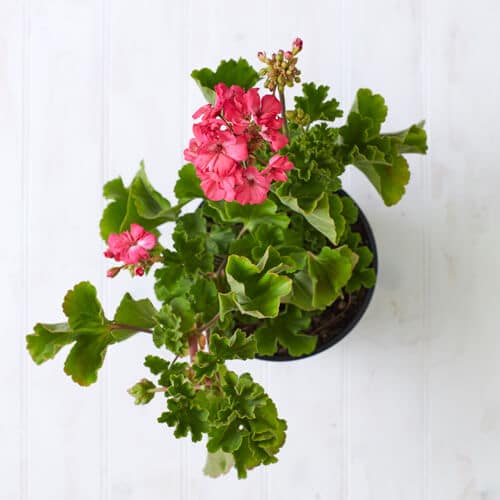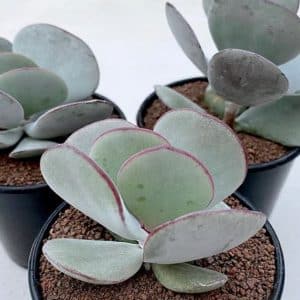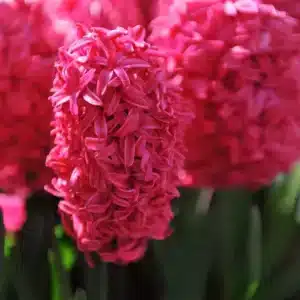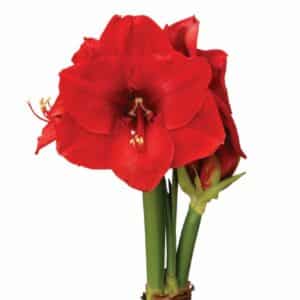Indigenous perennials
Indigenous and fynbos

Indigenous Perennials for your Garden
Perennials play an important part in creating a beautiful and successful garden. They reappear year after year, unlike annuals that flower for one season then die. Life is a garden when you make it more interesting and beautiful by growing indigenous perennials.
Perennials have so many wonderful uses in the garden: they can be grown singly or in groups, as accent plants or as background, in borders, rockeries and containers. They are accommodating plants that combine well with annuals, bulbs, shrubs and ornamental grasses. Our indigenous perennials are not only grown as decorative plants in our gardens, many are African herbal plants used in traditional healing. These include agapanthus, aloe, arum, bulbine, pelargonium, Leonotis leonurus, scabious and tulbaghia.
There are indigenous perennials for sunny or shady borders, for a scented garden or gardens designed around the theme of different colours. For example, white gardens are especially successful at dusk near patios as they light up the garden. If you are planning a garden this weekend, consider including these perennials in your landscaping themes.
Plant by fragrance
No scented garden should be without the queen of the indigenous perennials, the scented pelargonium. Known more commonly as scented geraniums, these indigenous perennials are increasingly being used as ornamentals in the garden because of their attractive leaf shapes and scents.
Plant them down a sunny pathway or near a sunny entrance or entertainment area. The most popular scented pelargoniums have rose, peppermint, lemon, apple and nutmeg fragrances.
Plant by colour
Combinations of flowering indigenous perennials can be planted to create a glorious colour scheme in the garden. Consider these classic combinations:
- Yellow and blue. The yellow flowering euryops daisy is a low maintenance, water wise perennial with grey-green leaves and yellow flowers that should be in every garden. Position it next to groups of tall blue agapanthus and spikes of summer flowering yellow hot pokers (Kniphofia ‘Yellow Cheer’). Underplant with soft cushions of violet-blue kingfisher daisies, arctotis and clumps of yellow bulbinella.
- Pink and mauve. Create a pink and mauve border of perennials by planting up the corn flower (Scabiosa ‘Butterfly Blue’ and ‘Pink Mist’) that have glorious pastel pincushion flowers. Add drifts of rose or pink arctotis, pink osteospermum and pink diascia. Edge the borders with a broad ribbon of lilac-flowering wild garlic.
- Sunset shades. For a flamboyant colour scheme, plant up the back of the border with lion’s ear (Leonotis leonurus) with its with orange flowers arranged in whorls, that makes a lovely backdrop for the sword-like foliage and orange or red flowers of crocosmia. The orange bulbinella, red-orange gerbera and orange gazania would provide more vibrant colour in the foreground.
Plant by shape
Interesting use can be made of indigenous perennials as ground covers. These can be grown in swathes and sweeps and include agapanthus, yellow and orange bulbinella, clivia (shade), mauve wild garlic, weeping anthericum (Chlorophytum saundersiae) with arching grass-like leaves and tiny white starry flowers, and variegated hen-and-chickens (Chlorophytum comosum).
The carpet geranium (Geranium incanum), with finely cut foliage and magenta cup-shaped flowers, spreads a dainty carpet among taller growers. Wild garlic (Tulbaghia violacea) is a perennial that has strap-like green leaves and mauve flowers in spring. Tulbaghia will grow in partial shade under trees, on banks and as an edging, and needs little maintenance.
The wild iris (Dietes grandiflora) has dark green, sword-like leaves that grow in a fan. Their neat growth habit and attractive large white flowers with yellow and violet markings is the reason why they have become so popular in low-maintenance and water-wise landscaping.
You might also like
Shop online
-
COTYLEDON RED TRIM
- R89.99
-
- Sale!
Hyacinths Red Bulbs
- R39.99




